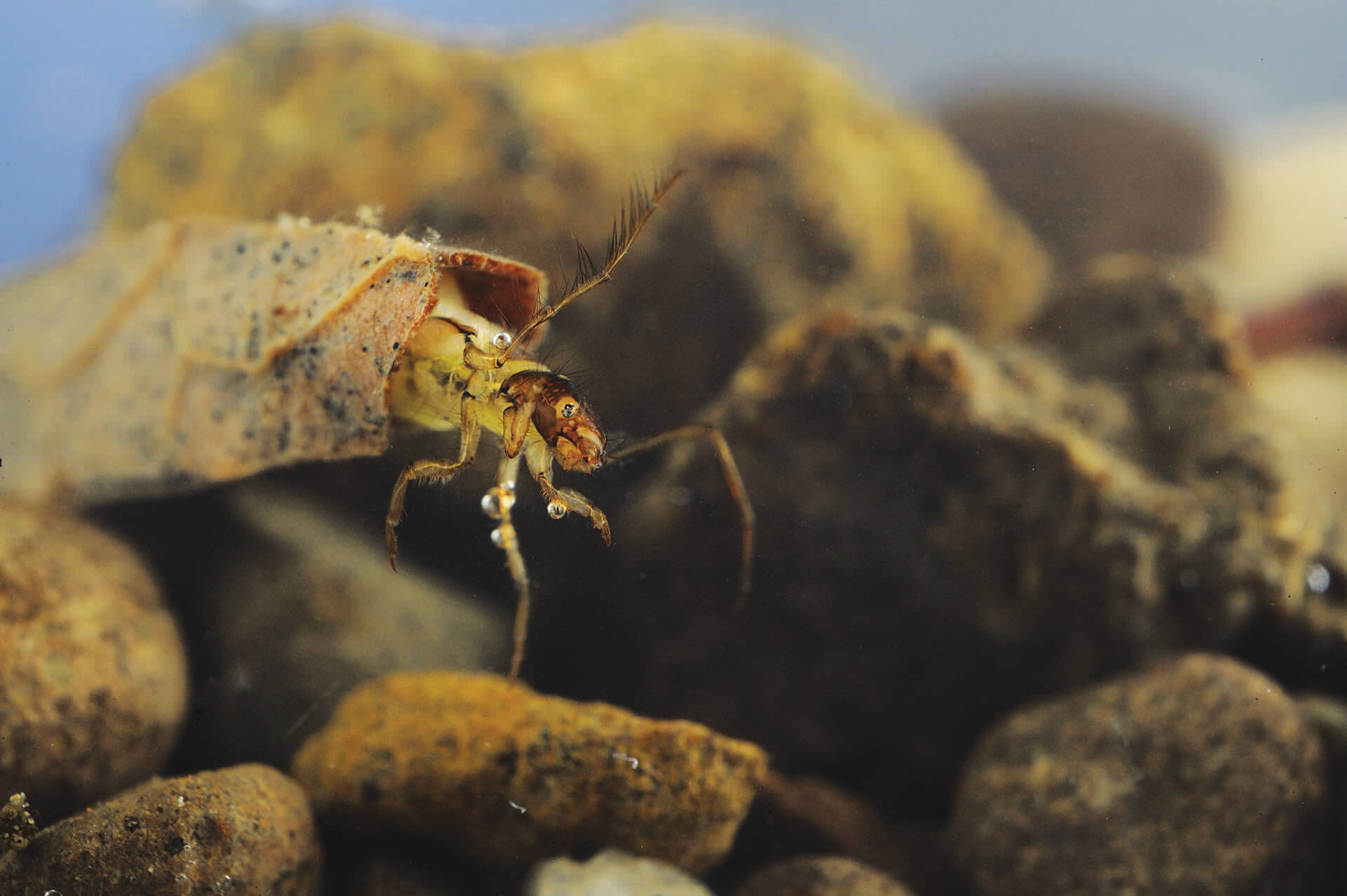
Is your food killing your fishing?
By Shauna Stephenson
On a sunny day, when the clouds drifted lazily across the sky, two life-long anglers gathered around a barbeque, cracked a couple of beers and caught up on the world as they knew it.
How’s work?
Good.
The family?
Good.
How’s the fishing been?
So-so.
They reflected for a moment about the trajectory of two lives spent fishing. Was it that much better when they were younger? Maybe. More water? Yes. Less people? Probably.
But one thing puzzled them more—something not explained by the glow that halos memories of youth. A question more insidious as they wondered it aloud:
Where are the bugs?
In 2019, a report was released in the Journal of Biological Conservation reviewing the worldwide decline in insects.
The authors, Francisco Sanchez-Bayo and Kris A.G. Wyckhuys sounded one more alarm—as the alarm bells have been going off for some time now—predicting the extinction of 40 percent of the world’s insect species in the coming decades if serious changes were not made when it came to industrialized agriculture, climate change, habitat destruction and urbanization.
The prediction rippled through news stories as readers began to imagine a world without butterflies and bees.
Less panic inducing but equally concerning was the prognosis for aquatic insects. While the data on aquatic insects—both current and historical—is notoriously hard to come by, the authors concluded in their extensive review of what was available, that at least 33 percent of aquatic insects were threatened, with highly sensitive and habitat specific species such as damselflies, mayflies, caddisflies and stoneflies directly in the bullseye for trouble.
While aquatic insects are no strangers to the woes of their land-loving cousins, their watery homes are being infiltrated by substances they can’t outrun. And as the habitat becomes smaller, and the water more scarce, the perpetrator concentrates.
The likely culprit, said the authors, was pesticides.
“This stuff is ubiquitous in the environment,” says Jack Williams, over a cell phone connection. The former director of the Trout Unlimited science team has been reviewing the impacts of neonicotinoid pesticides on aquatic insects and their corresponding impacts on trout
Neonicotinoids were developed relatively recently—in the 1990s—and quickly became the most widely used group of insecticides in the world; and their prevalence is only growing. Similar to nicotine, but synthetic in makeup, they were developed to be a safer alternative to the previously used organophosphate and carbamate insecticides, which were known to have dangerous side effects on humans and other mammals. They are applied directly to the plant or used as a seed coating, thereby being absorbed into its tissues (the actual effectiveness of this method is currently under study), targeting pest species that may infect the crop.
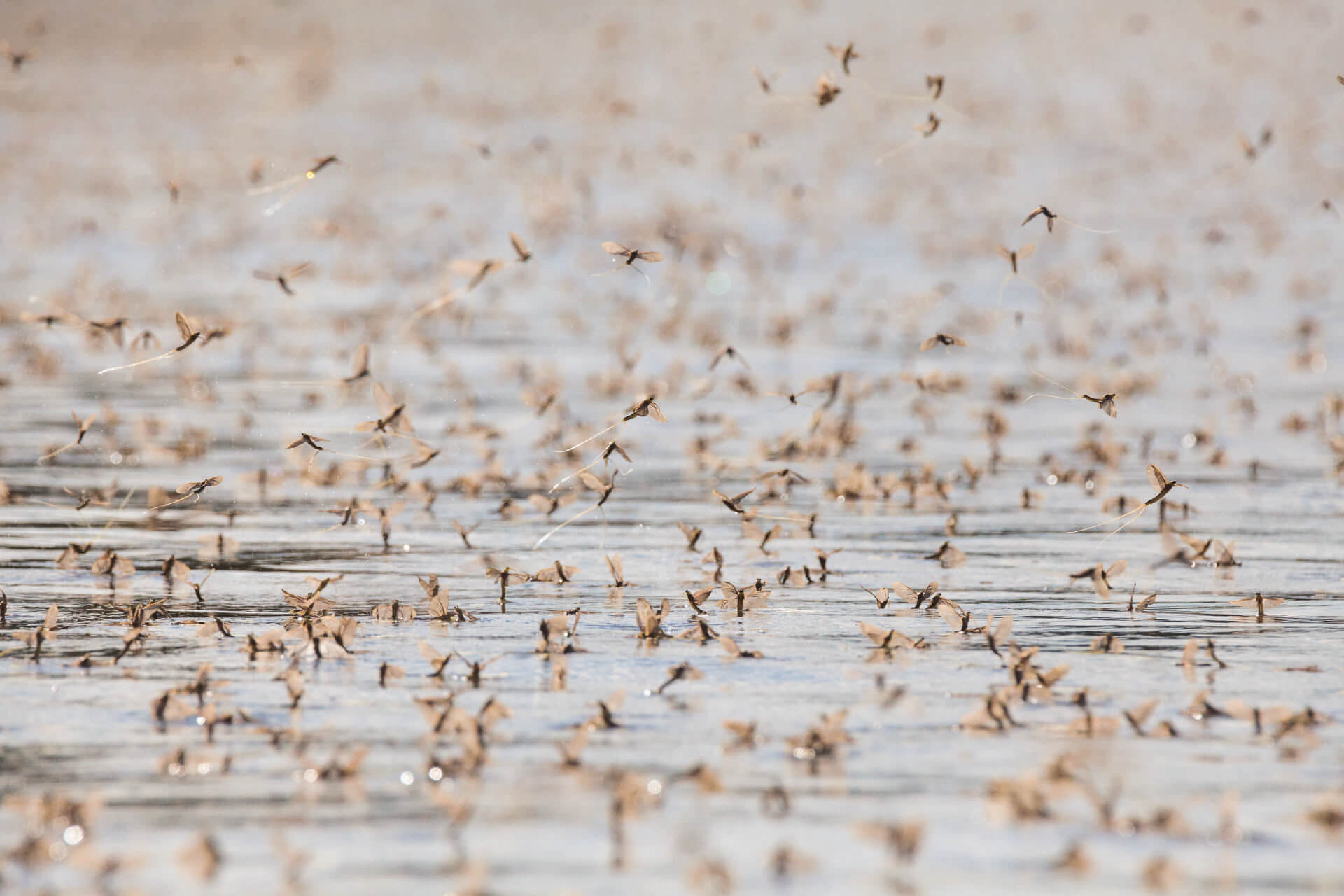
But, being an insecticide, they are terribly lethal to many insects, not just pests, and have other broad-reaching and unintended effects. Most often they are associated with the decline in pollinators and birds. They work by targeting the nervous system and while most mammals and many vertebrates are not sensitive to them (we don’t have the same receptors—although there is some evidence that they are not as benign to human health as we think), invertebrates—like the ones trout eat—are. Very sensitive in fact.
Case in point: Near Lake Shinji in Japan, farmers began applying neonicotinoids to their rice fields in 1993. Within the year, the food web consisting of arthropods like crustaceans and zooplankton collapsed. By 1994, two commercial fisheries—one for eel, one for smelt—also collapsed. Since then, neither have recovered.
In that instance, there was extensive data on ecosystem impacts from both before and after the introduction of the insecticide. But in the U.S., we are just beginning to understand the need for data to illuminate what scientists suspect is happening right under our wading boots.
In 2015 a nationwide review1 of 48 streams—both urban and rural across the U.S. —showed at least one neonicotinoid in 53 percent of samples. Positive hits were most prevalent in heavy agricultural areas particularly in the Midwest, but also turned up everywhere from small streams in California to large urban areas.
“Mayflies, caddisflies and stoneflies are the most sensitive to changes in their environment, and they are really sensitive to neonicotinoids,” Williams says.
Another issue, not uncommon to the way we evaluate risks, is that the organisms used for testing the effects may not be the most appropriate for understanding ecosystem impacts. When approved by the EPA in the early ‘90s, the invertebrates used in testing to gauge toxicity of neonicotinoids were primarily waterfleas (Daphnia) that we now know are much less sensitive to toxicity than many aquatic insects—sometimes hundreds of times less sensitive.
That means that the limits set by the EPA do not protect many aquatic insects. And recent findings are showing the chemical popping up everywhere, from streams to groundwater.
“For aquatic insects, particularly important trout foods like most mayflies, caddisflies and stoneflies, just the presence of neonics in the parts-per-billion range are lethal,” Williams says.
And when you add the other stressors they face?
“It’s a double whammy.”
“For aquatic insects, particularly important trout foods like most mayflies, caddisflies and stoneflies, just the presence of neonics in the parts-per-billion range are lethal.”
Jack Williams
Every year around the end of May, a yellow airplane appears on the horizon. It buzzes over the house before nosediving into the fields surrounding us.
With each pass it executes g-force inducing arcs, sending the horses running and the guineafowl into a fit of caterwauling and frenzied flapping.
When spraying season starts, it’s hard not to feel under attack.
But for our neighbors, who grow everything from potatoes to wheat to corn, the loss of crop due to insects or weeds is equally detrimental. Lost profits are mortgages not paid, loans not met, needs not cared for. It is a tide they seek to stem using the vast array of tools—some intentional, and according to surveys, some not.
Research suggests many farmers don’t even know they are using seeds treated with neonicotinoids. Companies will often sell a packaged deal glossing over the fact that those seeds may be leeching chemicals into the soil and water.
But even that practice doesn’t begin to get at the scope of the problem. While it would be easy to point the finger at farmers and conventional agriculture, the truth is this stuff is available to any man, woman and child capable of walking into their local Wal-Mart and slapping a few bucks down on the counter.
Indeed, neonicotinoids are not limited to the fields of corn and soy. They are everywhere from the flea collar you put on your cat to the over-the-counter spray you use in your flower garden, to the plants you buy for your landscaping. Even plants labeled as “bee friendly” are often known to contain lethal doses of insecticides. While many large retailers have made public commitments to reduce or eliminate the use of neonicotinoids, progress has been slow. And the spread of these contaminants has only increased.
Once in the water system they are hard to get out. A study2 released in April 2021 showed municipal wastewater being a year-round source of neonicotinoids. Another3, focusing on groundwater in eastern Iowa and southeastern Minnesota, found neonicotinoids in 73 percent of the 40 groundwater samples taken. And a third study4, released in 2019, not only found neonicotinoids in drinking water, but also raised alarm over the water treatment process transforming neonicotinoids into byproducts more dangerous to human health than originally thought.
In May, the USGS released another report noting, “Synthetic chemicals, including pesticides and other organic pollutants, are one of the largest threats to healthy freshwater ecosystems from both an aquatic life and human health perspective….However, the effects of these compounds on the environment have not been fully addressed, in part because of a lack of sufficient data.”
When the planes return in late summer, and the thick fog of chemical lays down over the fields to the north, the south, the east, the west and our little island in the middle of it all feels smaller and smaller, that lack of “data” starts to feel like a moot point.
We as a nation have gone so far in the glass of chemical cocktail that climbing our way out is going to take more than data—it’s going to take some common sense.
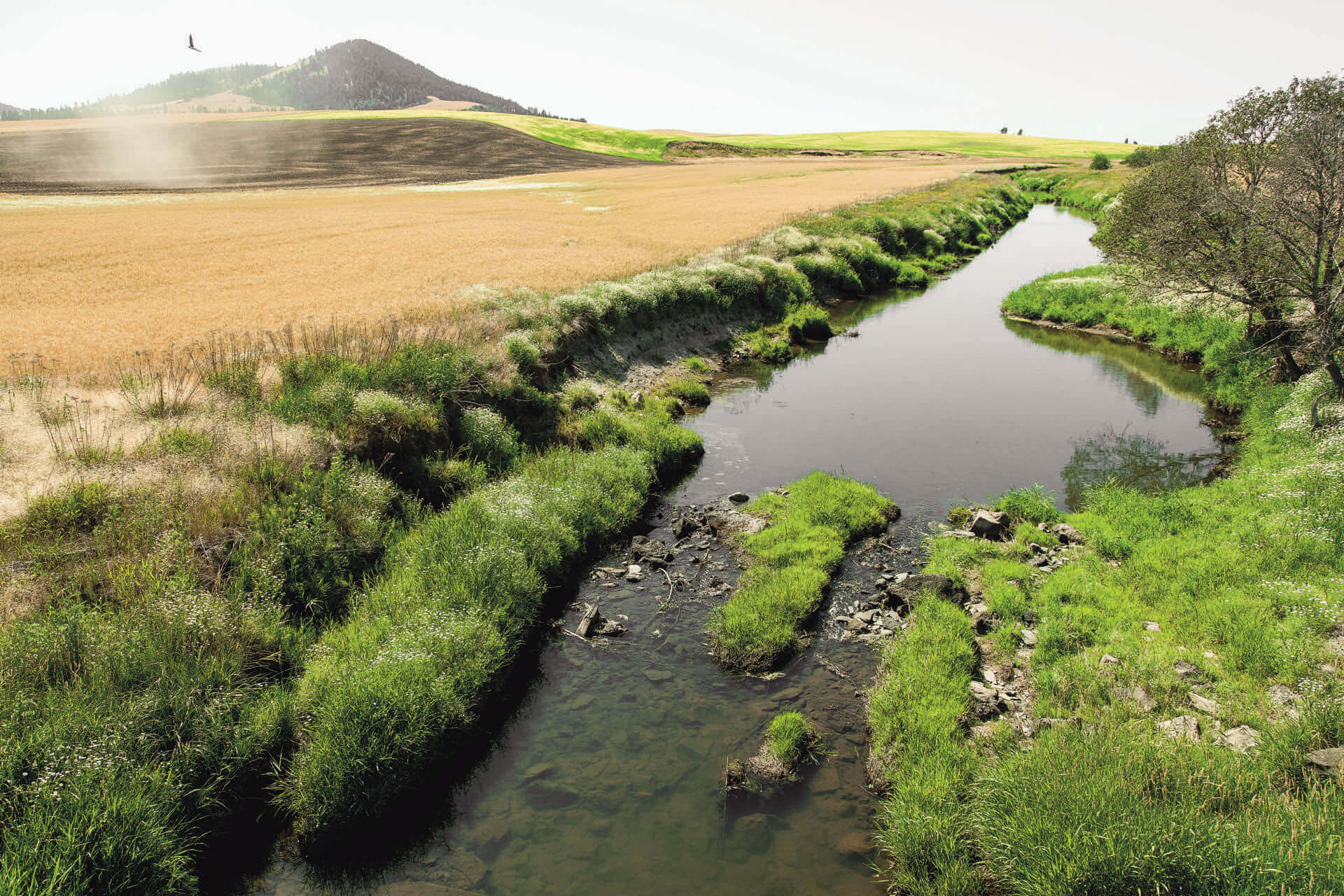


Nearly 10 years ago, neonicotinoids made up 25 percent of the agrochemical market and were valued at $1.9 billion. By comparison, an earlier study5 crunched the numbers on the economic value of the ecological services provided by insects. For anglers, that value was close to $30 billion. That did not take in to account the more complicated ecosystem services provided or the cascade of fish and wildlife that depend on the tangled web of a functioning ecosystem.
It’s hard to get an accurate picture of use, but from 2009 to 2011 the EPA estimated that 3.5 million pounds of the insecticide in various forms—acetamiprid, dinotefuran, clothianidin, imidacloprid, thiacloprid and thiamethoxam—was applied to 127 million acres of agricultural crops annually, not taking into account the skyrocketing popularity of seeds coated with neonicotinoids, used by farmers to take a proactive stance against the mere possibility of pests. When you factor in neonicotinoid-coated seeds, the Xerces Society estimates that more than 5 million pounds of the chemicals were used in 2011 alone.
And it’s not just corn and soy. Neonics are used on everything from wheat to rice to cucumbers to cotton, to vineyards to citrus groves. They are used in a variety of ways; foliar sprays, seed coatings, soil drenches, granule applications, trunk injections and topical applications for flea control. For the ag-users, they come with a variety of wrath-inducing names like the Wrangler, Malice, Venom, Scorpion and Assail. They are used in residential gardens, parks, schools and in homes, often with equally detrimental effect due to concentrated application.
Not surprising then, how often they turn up in our water.
Exempt from regulation, insecticide coated seeds are now the popular prophylactic solution to pests. While insecticides were used in the past, they were not applied universally, typically reserved until an infestation was present. In corn crops, for instance, perhaps up to one third of crops would require some sort of pest management. In soy, it was about five percent.
That approach has changed. Where it was once a fraction of crops treated, it now can be near 100 percent in places.
Equally problematic is the fact that neonicotinoids accumulate over time and left-over residues can persist in tissues and soils for years—at concentrations that can remain lethal to insects. According to the EPA, the half-life of clothianidin, used primarily on corn but also soybeans and cotton, can persist in soil for 148 days to well over three years. For imidacloprid, a highly popular and highly toxic insecticide, used on everything from corn and soy to cotton, rice, wheat, vegetables and orchards, that half-life runs between 40 days to three years.
Add to that the increase in large precipitation events and fields that shed water rather than absorbing it, and the soil that was on the field ends up in the stream. So too do the pesticides it may be harboring. Climate change magnifies the impact as more intense storm events increase runoff and erosion from polluted urban and agricultural sites into stream networks.
Michelle Hladik, a research chemist and Dana Kolpin, a research hydrologist, both at the U.S. Geological Survey, have been studying the impact of pesticides on natural resources for years. They say it’s hard to get a good estimate on how much neonicotinoid insecticide is used in the U.S. annually because so much of it is used as seed coatings. For some crops, simply finding a non-treated seed source can be nearly impossible.
In a commentary published in Agricultural and Environmental Letters, professors from Pennsylvania State University and Purdue University wrote “Growers effectively receive a mandate to use (and pay for) products that many of them will not need, or benefit from… many growers seem not to know they are using [neonicotinoid seed treatments] probably because these insecticides are usually part of larger standard packages of products applied by seed suppliers.”
On top of that, it is questionable how effective the use of treated seeds is to preventing pest problems. Some evidence suggests6 that the insecticides travel through the soil, targeting species that can be beneficial to the plants, thereby decreasing yields, negating any positive impact they might have had to start with.
For seed coatings, estimates show 20 percent of the insecticide being absorbed by the plant, but Hladik says it’s likely closer to 5 to 10 percent.
“Where is the rest of it going?” she says.
“We feel like (the use of treated seeds) is how these compounds are getting out there,” Kolpin says.
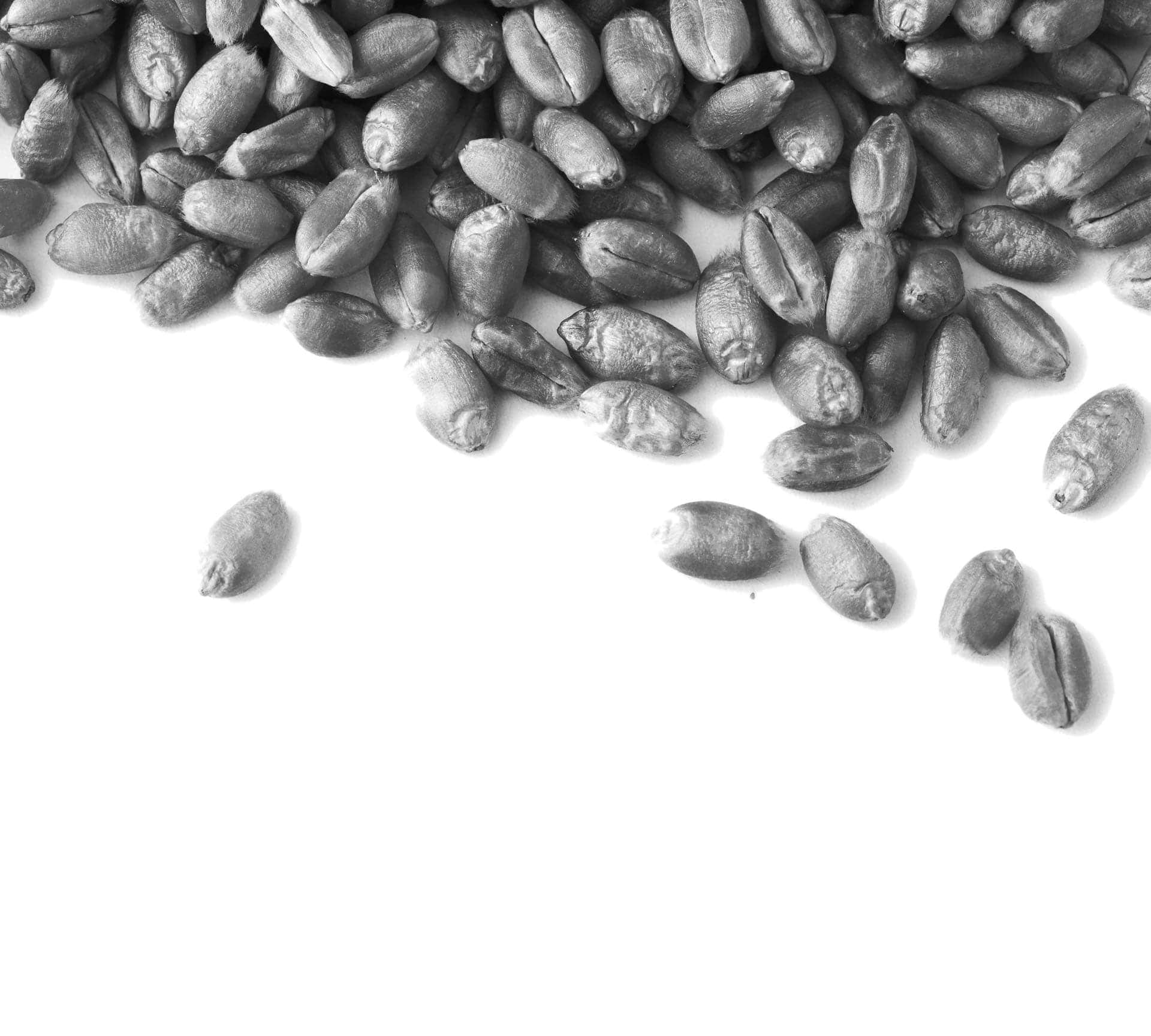
“Well, so what?” you might ask. What does it matter as long as we are keeping the world fed? As populations grow, there is certainly a case to be made for keeping yields as high as possible.
But it should not go unsaid that many neonicotinoids are banned in European countries. Europe tends to take a different approach when evaluating risks associated with chemical use, erring on the side of protection of the consumer. The European Union began banning use of neonicotinoids as early as 2013.
It should also not go unsaid that when it comes to agricultural products, we live and trade in a global market. We’re all connected, ecologically and economically.
At the Montana Organic Association meeting in 2019 an organic farmer from northern Montana addressed a packed auditorium. He told a story of a good harvest, a good contract and plans to ship his crop overseas to European markets.
Only when tests on the grain came back did he learn that his crop was contaminated, disqualifying it for sale in that market and significantly harming the value.
“How can that be?” he asked. Being a certified organic farmer, he used no chemicals. No treated seeds, no sprays, no herbicides, pesticides or fungicides.
They looked everywhere for the source. The water. The soil. He checked his equipment, making sure there wasn’t an oversight.
One day it rained and on a whim, he sent in a sample of rainwater.
The results were shocking. In this case, it was glyphosate—RoundUp—falling from the sky.
The world of agro-chemicals is murky as are the rules and regulations that govern their use.
From DDT to the more recent concern over RoundUp and glyphosate, those who have raised flags about their impacts, be they media or independent scientists, have sometimes found themselves targets of very large, very powerful companies.
In her meticulous reporting on the dangers of glyphosate, the active ingredient in RoundUp, Carey Gillam, author of “White Wash,” and a veteran journalist with more than 25 years of experience covering corporate America, food and farming, was routinely targeted by the companies making and selling glyphosate.
“Company representatives and industry surrogates alternately sought to bully me, charm me, intimidate me and cajole me to write news stories in ways that parroted industry talking points,” she writes in her book, White Wash. “They told me there was no justification for reporting both sides of the debates over Monsanto’s crops and chemicals because the science was settled, all was well and anyone who questioned that was thwarting Monsanto’s mission to ‘feed the world.’ When I would not adopt the desired narrative, surrogates attempted to assault my character and credibility and made efforts to derail my career. Monsanto executives and representatives from Monsanto-funded organizations sought unsuccessfully to convince my editors to yank me off my beat, to block further coverage of the issues. They could rarely, if ever, find errors in my reporting. The problem, they would complain, was one of ‘bias.’”
And then there was Tyrone Hayes7, the highly respected biologist who discovered that atrazine, an herbicide applied to more than half of the corn in the United States, might impede the sexual development in frogs. These findings were later supported by other scientists who found a link between exposure to atrazine and birth defects. Atrazine is one of the most common contaminants found in drinking water. In the years following that initial work and after a messy fallout with Syngenta, the company that makes the herbicide, Hayes continued to study atrazine, becoming convinced that the company sought to destroy his reputation because of his findings.
As it turns out, he wasn’t just paranoid.
A release of documents from a class action lawsuit found notes from meetings Syngenta held to strategize on how to target Hayes and his work. The primary goal? Discredit the science, the scientists and exploit his weaknesses. If they couldn’t refute the data, Syngenta would target the scientist, personally.
In 2020 Bayer, the company who bought Monsanto in 2018, agreed to pay $10 billion to settle tens of thousands of claims that their product causes cancer. Their products remain on the market.
The two primary producers of neonicotinoid products are Syngenta, and Bayer.
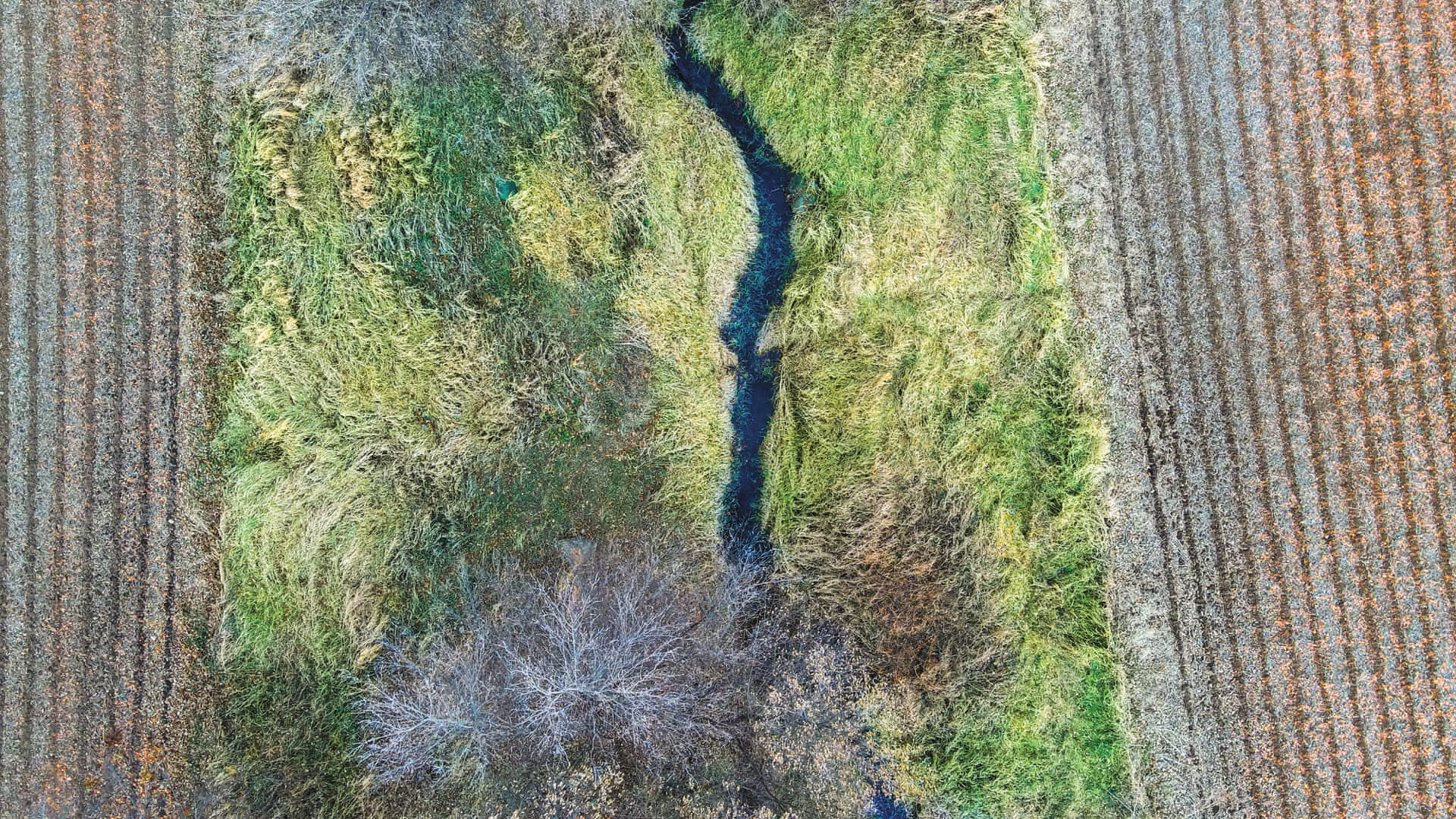


Sarah Hoyle, a pesticide program specialist at the Xerces Society a science-based conservation group focused on invertebrates, has been working in the world of pesticides for years. Xerces has led the way in sounding the alarm about the impacts of neonicotinoids, particularly as it relates to pollinators.
She says part of the murky aspect to understanding the impact of pesticides is simply due to a wide range of natural variables.
“It’s really hard to get a solid picture of what the contamination on the landscape is,” she says. “If you spray on a day when there is a breeze and sun, then it may break down. Metabolism and breakdown are impacted by so many different factors you could always argue one way or the other. And that uncertainty is magnified when talking about aquatic systems.”
But some of the confusion may not be quite as innocent. Compounding the problem is the difficulty in discerning independent research from company-funded research. Often, they look the same.
Part of that is due to a flaw in the registration process. When new products come to the market, the only data available to the government is from the company.
“Neonics are at a point where there is a decent body of independent research that is relatively solid,” she says “But it is definitely an issue sorting through what is sponsored and what is independent.”
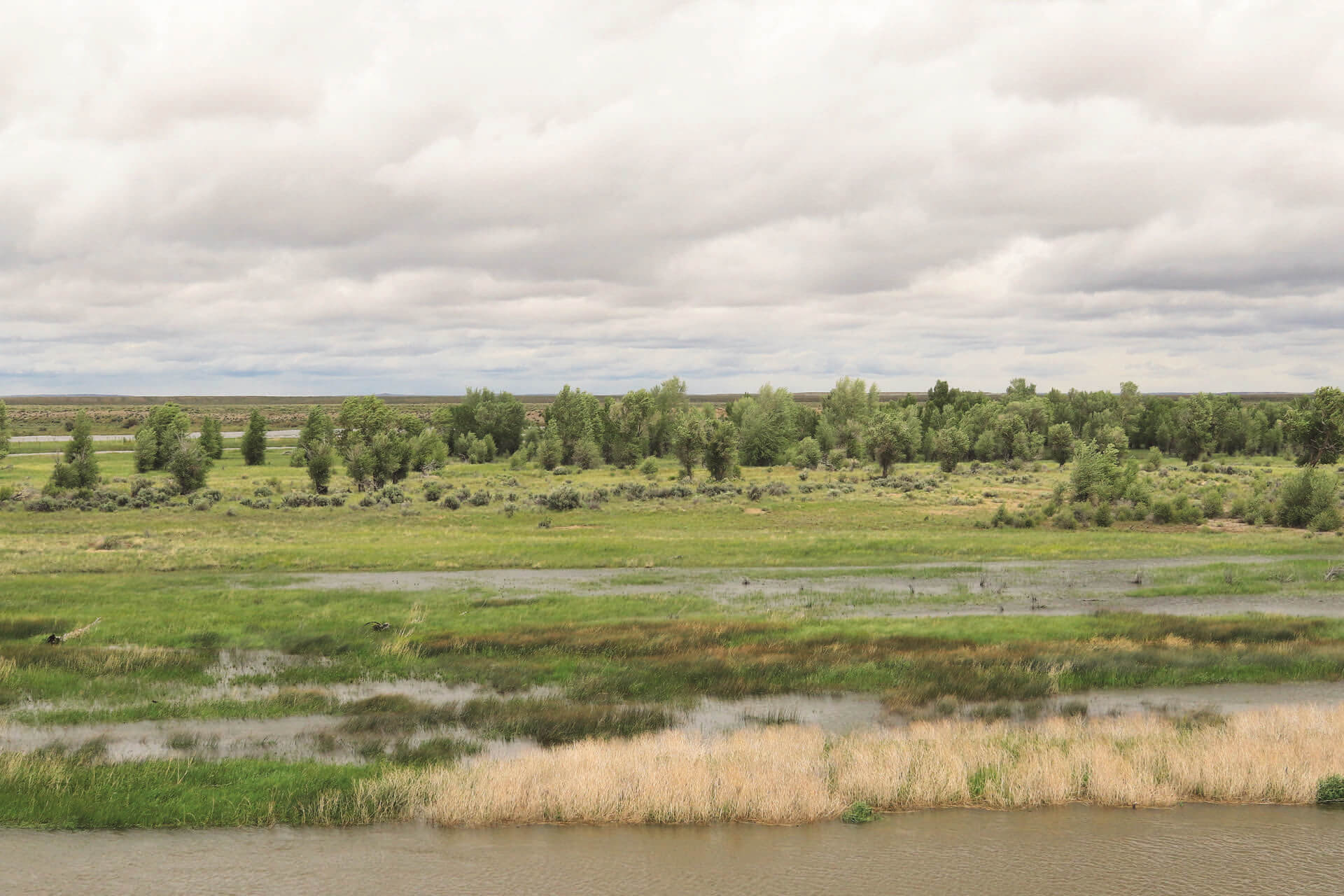
Neonicotinoids are also showing up in groundwater and wetlands, which increases the circulation and duration of the chemical, which is known to accumulate over time.
There is clear documentation of the impact neonicotinoids have on pollinators and the species that rely on those pollinators. Less clear is the impact insecticides have on aquatic organisms, largely due to the difficulty in surveying those impacts, the equipment and expense required to test for the chemicals and the lack of historical data.
For humans, life under the water is never quite as clear as that which we find on land. But, for anyone still using common sense, here are the parts of the equation we do know:
- Neonicotinoids are showing up in levels proven to cause chronic (causes problems with key functions such as growth or reproduction) or acute (causes death) impacts to sensitive populations of aquatic insects such as mayflies, caddisflies and stoneflies.
- Neonicotinoids are also showing up in groundwater and wetlands, which increases the circulation and duration of the chemical, which is known to accumulate over time.
- Use of neonicotinoids continues to increase.
- Insect populations are declining worldwide.
- There is increasing concern over the impacts exposure to neonicotinoids can cause in humans.
If those five documentable facts are not enough to make an effort to address our chemical addiction—be it for our environment, our food supply, our fishing, or heck, even our own health—then consider these two far more educated opinions.
In their study in the Journal of Biological Conservation, Sanchez-Bayo and Wyckhuys summarized their findings by saying:
“The conclusion is clear: unless we change our ways of producing food insects as a whole will go down the path of extinction in a few decades. The repercussions this will have for the planet’s ecosystems are catastrophic to say the least as insects are at the structural and functional back of many of the world’s ecosystems since their rise at the end of the Devonian period almost 400 million years ago.”
And in an unofficial, not endorsed by the USGS, personal opinion, Hladik pauses for a moment underscoring the simplicity and complexity of the solution.
“We need to use fewer pesticides and we need to use less.”
We have yet to make the tight, direct connection between insect decline and fishery declines, due to exposure to pesticides. For example, fishery A was wiped out because person/company B contaminated the water with neonicotinoids. There are a lot of factors in that equation.
But there are certain rules in nature that apply without discrimination. Contaminating a fundamental building block of a food web is going to have reverberations, no matter what any chemical company’s PR firm says. The degree and severity is up to science to determine, but it’s up to the consumer to cast their vote on what kind of product they want. There are still some rules conspiracy theories and highly-paid communication firms cannot bend, and at last check, the fact that consumers want products that don’t destroy their water is still one of them.
But it is true that solving our chemical problem is an uphill battle, not to mention an exhausting one. With so many other things to worry about, and resources stretched thin to boot, it is rarely the top priority in conservation circles. In fact, I don’t ever recall pesticides being an issue of concern. There are more easily quantifiable challenges to face. How can we make the case for addressing something we can’t see, can’t put into context, can hardly pronounce and can barely measure.
And if we were to get that far, where do we even begin? How does one unwind the rope that tethers so many aspects of our lives to our modern, industrialized, chemically-driven system?
At some point though, we must wonder about the bigger picture. Perhaps it is not more detailed evidence we need, more opportunity to point fingers and regulate, or a legally air-tight case.
Maybe we just need more incentive for positive change.
If we can do the right thing, something that benefits everyone, not just the insects or the fish or the farmers or the anglers, but the world at large, why not give it a try?



Comments